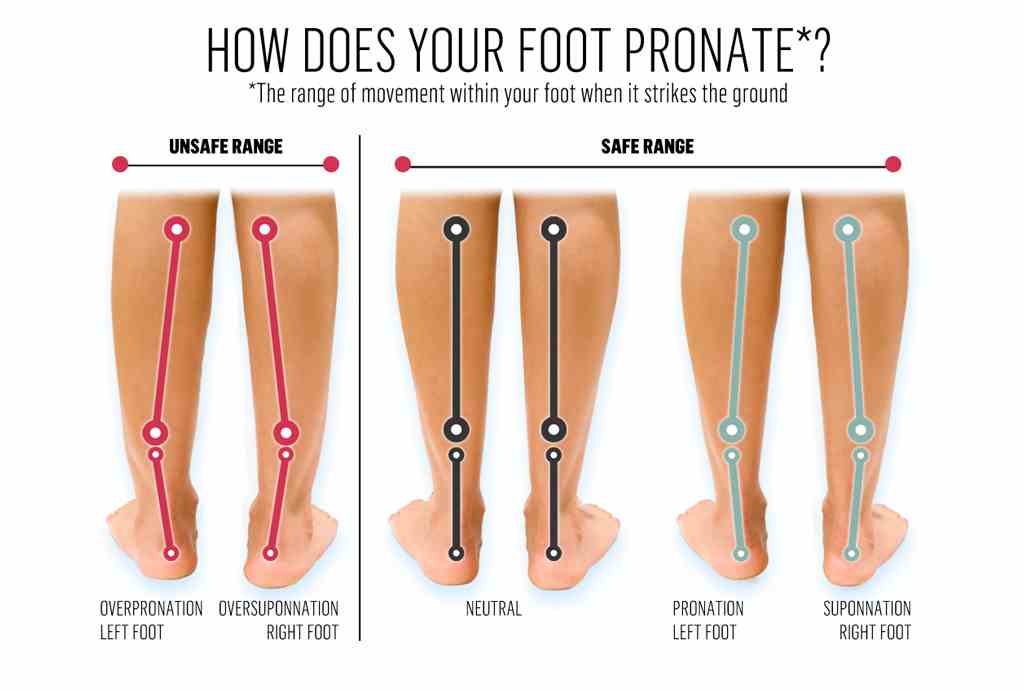Shin Splints (Medial Tibial Stress Syndrome)
As we move into the busy running season, I wanted to touch on a topic that many runners may come across in their training: Shin Splints.
I’m sure many of you have heard this term before, however, I hope that the information below will give you a better understanding of the injury itself, common underlying causes as well as popular treatment strategies.

What are Shin Splints?
Shin splints are a condition that falls under the category of overuse injuries. It is a problem that is usually seen in the active population, and even more commonly in runners.
READ MORE: 5 Most Common Running Injuries
The most predominant type of shin splints is Medial Tibial Stress Syndrome (or MTSS).
Healthcare professionals define MTSS as pain to the inner border of the tibia (shin bone), usually in the lower 2/3 portion of the bone. Pain occurs when the muscles that attach to the posteromedial (inner and near the back) part of the tibia create pulling forces on the bone.
This layer of bone called the periosteum, eventually becomes inflamed and painful when subjected to this repetitive stress.
Common Symptoms of Shin Splints
Most individuals describe their exercise-induced symptoms as a dull ache along the inner tibial border, as mentioned above.
In the initial stages of the condition, pain is often reported at the beginning of activity but may reduce as the body becomes more warmed-up. As this condition worsens, it is common for an individual to experience pain throughout the entire duration of an activity. Eventually, it can cause some people to refrain from running altogether.
READ MORE: How To Prevent Shin Splints
In extreme cases of MTSS, a stress fracture could result if you don’t modify an activity or treat symptoms.
What Causes Shin Splints?
There are numerous different aspects to consider when determining the underlying cause(s) of MTSS. It may be one individual factor (see below), or a combination of these factors, which can make one vulnerable to developing MTSS.
- Faulty biomechanics
- Muscular weakness
- Muscular tightness
- Joint mobility restrictions
- Training errors
- Improper arch support/footwear
Of the possible ailments listed above, the most common factor thought to cause MTSS is excessive pronation (flattening of the foot).
Although this movement is normal within the gait cycle, an excess of pronation may eventually lead to MTSS in some individuals. Weakness in one’s core/hip musculature, or from more localized sources such as an anatomical flat foot, muscular weakness within the foot or improper arch support/footwear can influence faulty movement patterns.

Treating Shin Splints
Effective rehabilitation must first start with a detailed assessment in order to determine each individual’s specific problems.
Once the possible causes of MTSS are identified, then treatment techniques can commence in order to resolve symptoms and allow individuals to return to their normal level of activity. Treatment for MTSS frequently includes a combination of the following:
- Correcting biomechanical faults intrinsically
- Strengthening core/hip musculature
- Strengthening muscles that control foot pronation
- Stretching tight musculature
- Restoring proper joint mobility
- Correcting errors in training
- Footwear assessment & correction
- Custom Orthotics
- Taping techniques
- Ice & Anti-Inflammatory Medication
(to manage symptoms) - Patient education
(nature of the injury, treatment options, the importance of proper footwear & activity modification etc …)
No matter the intensity or longevity of one’s symptoms, it is important for them to be addressed early in order to prevent the condition from worsening and affecting one’s overall level of physical activity.
Please consult with your health care provider if you wish to discuss your Shin Splint/MTSS symptoms further.
If you have any questions specific to this article please contact:
Teresa Agar, MScPT, BHKin
Registered Physiotherapist, Trailside Phsyio


No Comments